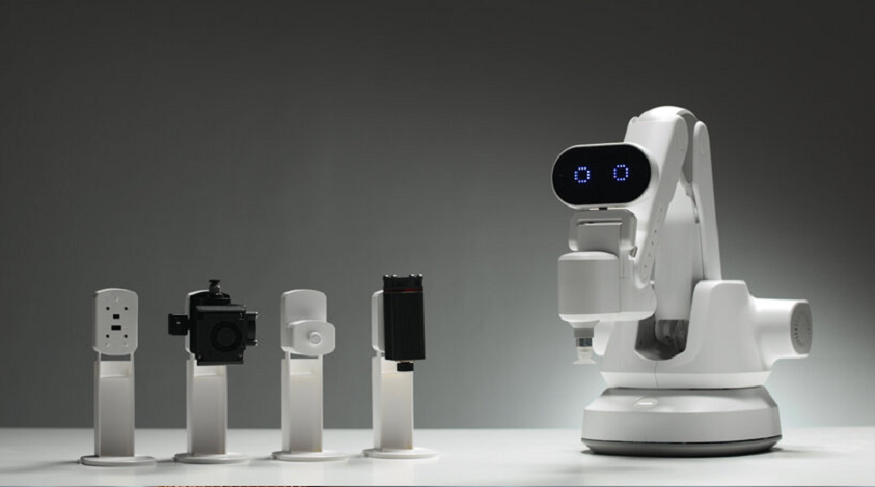What Is An Industrial Robotic Arm and What Is It Used For
Industrial robotic arms, also known as industrial robots, are advanced mechanical devices designed to perform various tasks in industrial settings. These highly versatile machines are equipped with multiple joints and are capable of mimicking human arm movements with precision and accuracy. Industrial robotic arms are used across diverse sectors, including manufacturing, automotive, healthcare, and logistics. Their ability to automate repetitive tasks, handle heavy loads, and work in hazardous environments makes them indispensable in modern industries.

The Functionality of Robotic Systems
Robotic systems consist of an industrial robotic arm and a control system that enables its operation. The arm is comprised of several interconnected segments, each equipped with sensors, actuators, and end-effectors. These end-effectors can range from grippers and welders to specialized tools, depending on the specific application. The control system, often powered by sophisticated software, allows operators to program and supervise the robotic arm’s movements and tasks. By adjusting parameters such as speed, trajectory, and force, the arm can perform intricate maneuvers and execute complex sequences with unparalleled precision.
Applications in Manufacturing and Beyond
Industrial robotic arms have revolutionized the manufacturing industry by streamlining production processes and improving efficiency. In assembly lines, robotic arms excel at repetitive tasks such as picking, placing, and sorting components, ensuring consistent quality and reducing human error. These machines can also be used for welding, painting, and material handling, further enhancing productivity. Outside of manufacturing, robotic systems are deployed in industries such as healthcare, where they assist with surgical procedures, rehabilitation, and patient care. They also find applications in logistics, performing tasks like sorting packages, loading/unloading, and optimizing warehouse operations.
Advantages of Industrial Robotic Arms
The adoption of industrial robotic arms offers several key advantages for businesses. Firstly, these systems enhance productivity by increasing the speed and accuracy of tasks, leading to higher output and reduced production times. Secondly, robotic arms improve workplace safety by taking over hazardous and physically demanding jobs, minimizing the risk of accidents and injuries for human workers. Moreover, the versatility of robotic systems allows for easy reprogramming and adaptability to changing production needs, enabling businesses to respond swiftly to market demands. Finally, by automating repetitive tasks, robotic arms free up human resources, enabling employees to focus on more complex and value-added activities that require creativity and critical thinking.
Future Prospects and Challenges
As technology continues to evolve, industrial robotic arms are expected to become even more advanced and intelligent. Collaborative robots, or cobots, are emerging as a new trend, designed to work alongside humans in a shared workspace. These cobots offer the potential for increased flexibility and improved human-robot interaction, opening up new possibilities for automation in small-scale and intricate operations. However, challenges remain, such as the need for improved sensor technology, machine learning algorithms, and regulatory frameworks to ensure the safe and ethical deployment of robotic systems.
In conclusion, industrial robotic arms play a crucial role in modern industries, offering unmatched precision, efficiency, and versatility. From manufacturing to healthcare, these advanced machines have transformed numerous sectors, revolutionizing production processes and improving productivity. With ongoing advancements, the future holds exciting prospects for the development and integration of robotic systems, paving the way for increased automation and collaboration between humans and machines. As businesses continue to leverage the power of industrial robotic arms, they will undoubtedly reap the benefits of enhanced productivity, safety, and adaptability in an ever-evolving industrial landscape.



